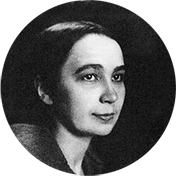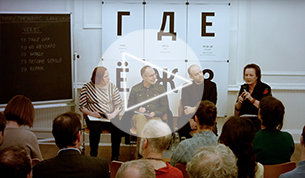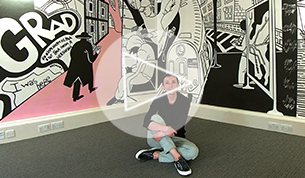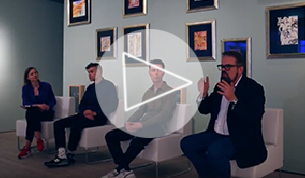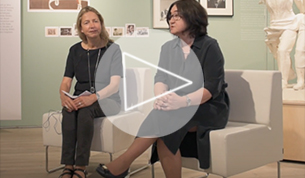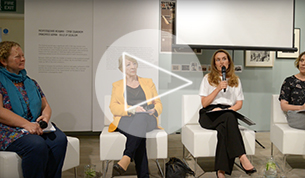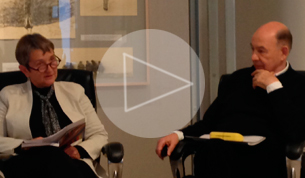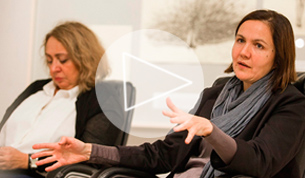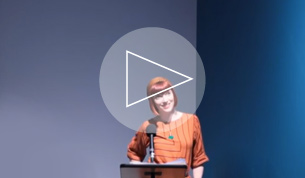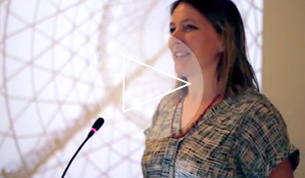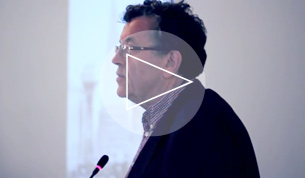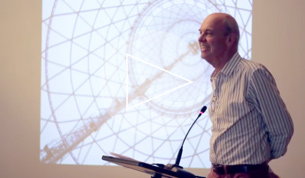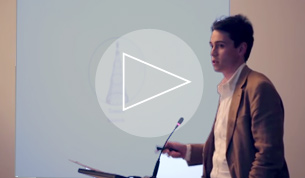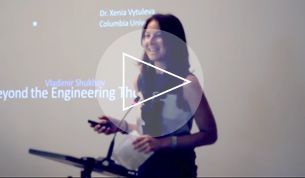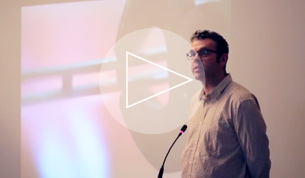Watch
Mother Tongue
Apparition of the Last Soviet Artist in London
ShadowMemory x Art Night Open
Postponed Futures
Superwoman: ‘Work, Build and Don’t Whine'
Unexpected Eisenstein
-
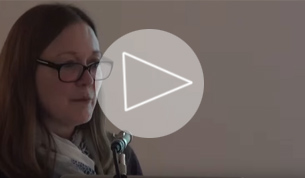 Rachel Morley:
Rachel Morley:
Russian Cinema before 1917 -
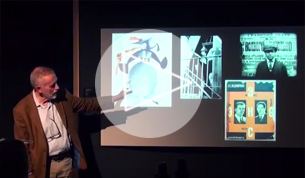 Ian Christie:
Ian Christie:
Besides Eisenstein: Protazanov, Barnet and the new Soviet cinema of the 1920s -
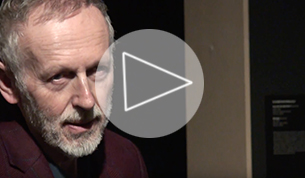 Ian Christie:
Ian Christie:
Maxim and co: creating the new heroes and heroines of the 1930s -
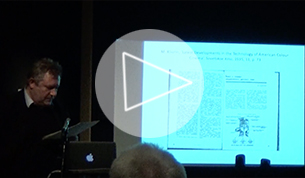 Phil Cavendish:
Phil Cavendish:
Soviet Colour Film, 1929-1945: An Experiment Understood by Very Few -
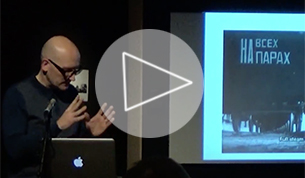 Jeremy Hicks:
Jeremy Hicks:
Meaningful Martyrdom — Death, Revolution and Victory from Lenin to the Reichstag, 1924–45 -
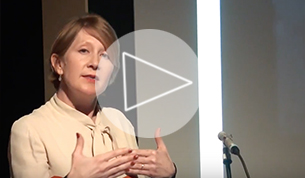 Emma Widdis:
Emma Widdis:
Film and the Making of the New Soviet Person: Bodies, Minds and Feelings -
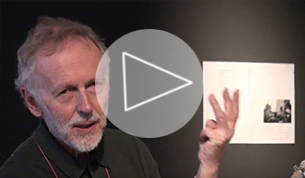 Ian Christie:
Ian Christie:
Hopes and fears: the Soviet New Wave of the 1960s -
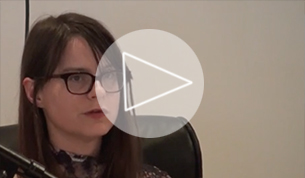 Carmen Gray:
Carmen Gray:
Andrei Tarkovsky: The Citizen Poet and the State -
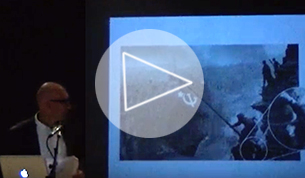 Jeremy Hicks:
Jeremy Hicks:
Reusing War Footage in Russian and Soviet Films, 1945–2015
Peripheral Visions
A Game in Hell. The Great War in Russia
-
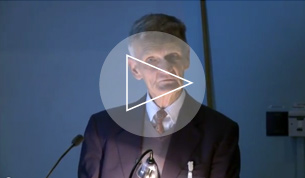 John E. Bowlt:
John E. Bowlt:
Introductory remarks -
 Elena Sudakova:
Elena Sudakova:
'Forgotten Heroes of the Great War' -
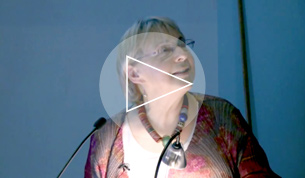 Christina Lodder:
Christina Lodder:
'A Painting Fit for Heroes: Kazimir Malevich's Reservist of the First Division' -
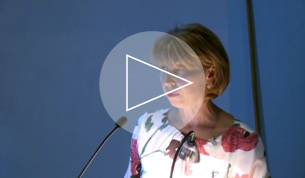 Natalia Budanova:
Natalia Budanova:
'Who Needs the Art Now?': Russian Women Artists Representing the Great War' -
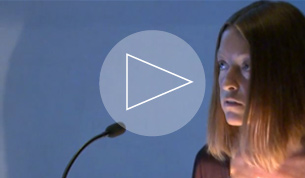 Valentina Parisi:
Valentina Parisi:
'Russian Avant-Garde Circles and the Literary Response to the Great War'
Work and Play Behind the Iron Curtain
The Shabolovka Tower Model
Kino/Film: Soviet Posters of the Silent Screen
-
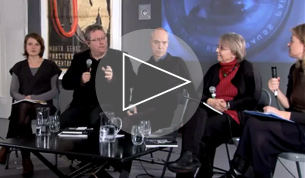 Curators and Special Guests:
Curators and Special Guests:
Panel Discussion with Exhibition -
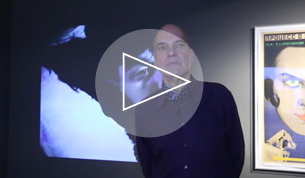 Lutz Becker:
Lutz Becker:
Curator talks: Chess Fever and The Three Million Case -
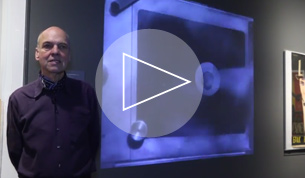 Lutz Becker:
Lutz Becker:
Curator talks: Man with a Movie Camera -
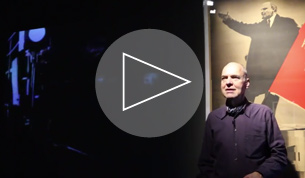 Lutz Becker:
Lutz Becker:
Curator talks: October -
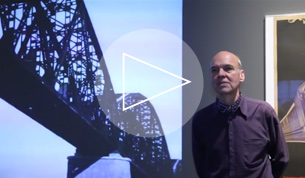 Lutz Becker:
Lutz Becker:
Curator talks: Storm Over Asia and Turksib -
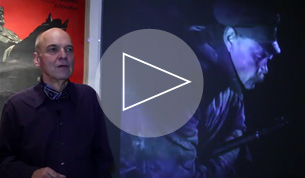 Lutz Becker:
Lutz Becker:
Curator talks: The End of St Petersburg -
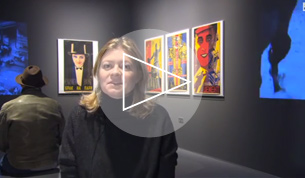 Elena Sudakova:
Elena Sudakova:
Soviet Posters of the Silent Screen
Utopia LTD
-
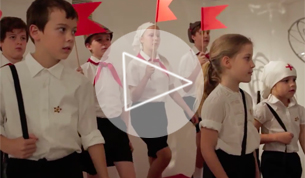 'Inside the Rainbow' Performance:
'Inside the Rainbow' Performance:
Directed by Irina Brown -
 Professor John Milner:
Professor John Milner:
Seminar: 'Re-Constructivism' -
 Willem Jan Renders:
Willem Jan Renders:
Seminar: 'After Lissitzky: Reconstructions at the Van Abbemuseum' -
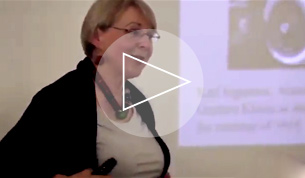 Christina Lodder:
Christina Lodder:
Seminar: 'Gustav Klucis: Transmitting Utopia' -
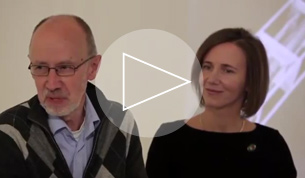 Aleksandr Shklyaruk:
Aleksandr Shklyaruk:
Seminar: 'Klucis and the Materialisation of a Futurist Idea' -
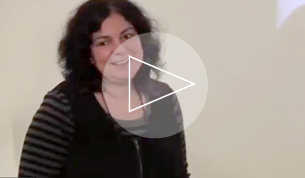 Dr. Maria Tsantsanoglou:
Dr. Maria Tsantsanoglou:
Seminar: 'Tatlin's Legend'
Listen
Superwoman: ‘Work, Build and Don’t Whine'
Unexpected Eisenstein
Bolt
A Game in Hell. The Great War in Russia
Read
Natalia Goncharova
(1881–1962)
Born in 1881 in a rural province to the South-East of Moscow, Natalia Goncharova came from a family of noble Russian heritage. At the age of seventeen she moved to Moscow to begin her artistic studies in painting and sculpture. Whilst surrounded by a dynamic urban environment Goncharova retained her love of the countryside, and rural life is a theme the artist revisited throughout her career, in contrast to her Futurist contemporaries. Whilst studying painting Goncharova met the artist Mikhail Larionov, with whom she became personally and professionally involved, and who greatly influenced her work.
Both Goncharova and Larionov were spotted by Diaghilev at the 1906 World of Art exhibition and from this sprung a long and fruitful artistic relationship. The pair were invited by Diaghilev to exhibit at the 1906 Salon d’Automne in Paris, and in 1914, after taking some years out to develop her painting technique, Goncharova returned to Paris to work with Diaghilev on his designs for the Ballet Russes.
Goncharova participated in both the 1909 Golden Fleece and 1912 Jack of Diamonds exhibitions. Her love of peasant culture and rural life influenced her art greatly and by 1909 the artist had developed her own brand of Primitivism. It was her Primitivist work and exhibitions which brought her and Larionov into the company of Wassily Kandinsky, and the Burliuk brothers who were members of the Russian Munich school. It was at this time that Goncharova became acquainted with Kazimir Malevich, an artist who would emulate Goncharova’s Primitivism for much of his career and spear-head the Cubo-Futurist movement once Larionov and Goncharova emigrated from Russia. Goncharova’s work at this time was dynamic and provocative. At The Donkey’s Tail exhibition (1912), much of her work displayed religious influences, with one piece, The Evangelists, facing censorship for its blasphemous themes. Her dynamism also expressed itself in the publication of manifestos and one woman shows in Moscow from 1913-14.
Further collaborations between Larionov and Goncharova can be seen in the 1913 cabaret The Pink Lantern and the Tavern of the 13. Whilst both cabarets were only performed a handful of times their content was innovative. Audience participation and interpretive dance were heavily featured as well as their trademark pseudo-Symbolism.
Goncharova and Larionov left Russia for Paris in 1914 to work as stage designers for Diaghilev’s performances. Goncharova’s designs were a totally unique blend of colourful Russian folk art and Cubo-Futurist aesthetics. Le Coq D’or was one of her first productions in 1914 and her Byzantine inspired costume and set design gained her public and artistic attention. In 1915 she then went on to design for Diaghilev’s Ballet Russes in Switzerland for a production of Liturgie.
In the mid 1920s Goncharova and Larionov began to design for high-profile charity balls in Paris. Goncharova evoked Russian folk art and mythology as well as tribal themes into the posters and interiors of the 1923 Grand Bal des Artistes, the 1924 Bal Olympique and the 1925 Bal de la Grande Ourse.
During this time she continued her stage work, producing designs for Les Noces (1923) and a reworking of her 1910 designs for The Firebird (1926). In the 1930s Goncharova was commissioned by the Royal Opera House in Covent Garden, London to rework her production designs from earlier years and develop new designs for Le Coq D’Or and Cinderella. In her later years Goncharova’s career continued to flourish and during the Second World War she produced designs for the South African Ballet . The artist even took up painting again in later life inspired by the USSR’s space program, and, despite being crippled by arthritis, she managed to redesign The Firebird yet again in 1961, just a year before her death.
